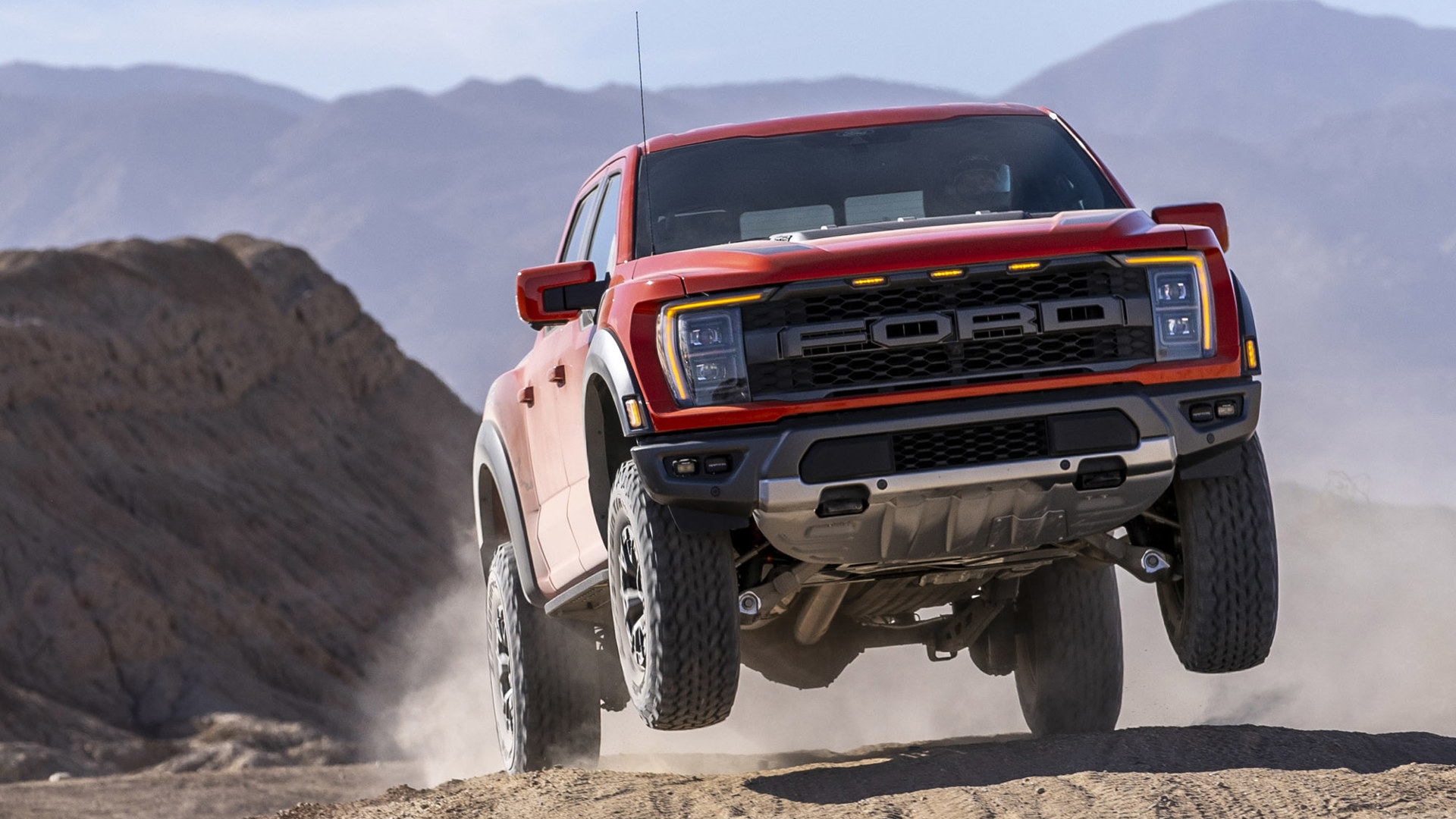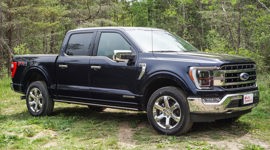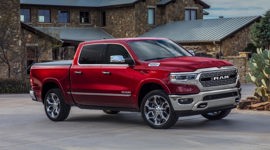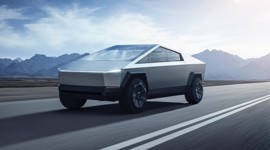Ford’s trucks have come a long way since the 1917 Ford TT, a true workhorse vehicle that paved the way for the American automaker to one day dominate the pickup market. Back then, the TT was strictly utilitarian, and there were no basic comfort features such as air conditioning or heated seats, and the truck was as far from being sporty as it possibly could have been.
Ford saw the potential and invested in the pickup segment, and in 1975, launched the Ford F-150. Its biggest innovation was cruise control, which made the pickup truck more comfortable during long distances. Still, the F-150 needed a push towards sportiness.
When Ford and its Special Vehicle Team (SVT) built the 1993 Ford F-150 SVT Lightning, the brand’s very first performance-oriented truck, and later the 1999 Ford F-150 SVT Lightning, the V8 engine was tweaked, so they were sportier, but the trucks didn’t have the looks to match.
The Birth of the Raptor
In 2010, the long wait was finally over. Ford designed an ultra-aggressive truck that was meant to be capable enough to compete in harsh high-speed off-road races but still function as a daily driver: the Ford F-150 Raptor was born.
During the development process, the name Raptor came up from one of SVT's finance experts, according to Jamal Hameed, who was chief engineer at SVT at the time. The name is inspired by both the bird of prey and the velociraptor dinosaur, which are both vicious predators.
The Ford F-150 Raptor Baja design referenced the Baja 1000, an annual off-road competition in the Baja California Peninsula. Between 2000 and 2010, Ford won seven times, and in 2008, Ford reached the third-place finish in Class 8 when racing the Raptor R.
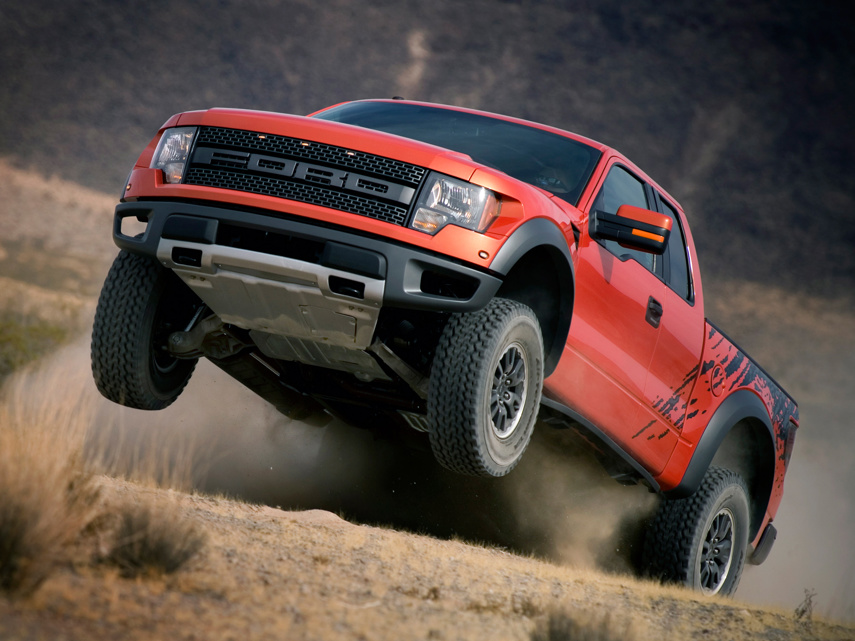
When the first SVT Raptor launched, it was powered by the 5.4-litre V8 with 310 horsepower and 390 lb-ft of torque. And one year after entering production and until the end of 2014, Ford gave the Raptor a 6.2L V8, which added 101 horsepower (for a total of 411 hp), and 44 lb-ft of torque (for a total of 434 lb-ft), and both had a six-speed automatic transmission.
The Raptor's buyer could choose between the SuperCab and SuperCrew chassis. And they could enjoy the Raptor’s off-road credentials through the stability control - named AdvanceTrac with Roll Stability Control (RSC) - electronic locking differential, and sport mode, which turned the traction control off, enabling dramatic sand-slinging power slides.
A New Raptor Generation
The second-generation Ford F-150 Raptor came in 2017 with only one engine available, the V6 twin-turbo EcoBoost. Even though it shared the same engine as the Ford GT, the Raptor produced substantially lower horsepower. The GT’s V6 produced 647 hp, while the Raptor had just 450 hp.
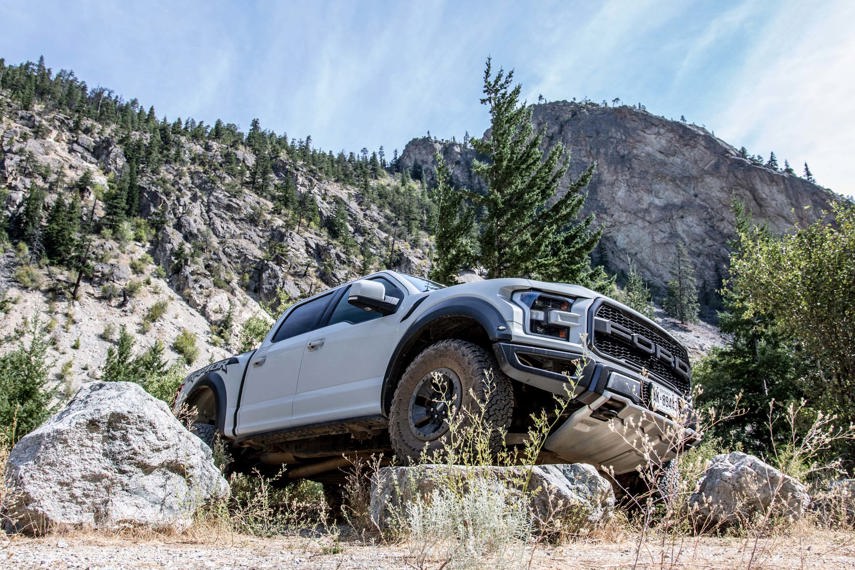
The Raptor benefited from the primarily aluminum body, which made the F-150 lighter than the previous model by 226.7 kg (500 lbs).
Standard equipment included LED side mirror spotlights, a tailgate step, dynamic hitch assist, lane-keeping assist, and the Pro Trailer backup assist.
Two years before this second-generation Raptor launched, the SVT team became part of Ford Performance, so the truck stopped using the SVT acronym.
The third-generation F-150 Raptor continued with the same powertrain and took an evolutionary approach to the previous generation’s design. Inside, the Raptor received more features, such as the interior work surface and 12-inch display, making it even more suitable for daily driving. Listed as an option are 37x12.5 R17 all-terrain tires and Raptor Carbon Fibre Package applied on the glovebox door and the door panels.
The outright performance version landed in fall 2022, with the Ford F-150 Raptor R for $40,730 more than the base model Raptor V6 EcoBoost.
The Raptor R shares the same powertrain as the 2022 Mustang Shelby GT500, a 5.2L supercharged V8 sending a supremely powerful 700 horsepower and 640 lb-ft of torque to the 315/70 R17 all-terrain tires. The Raptor R accelerates from zero to 100 km/h in 4.5 seconds.
The Trail 1-Pedal Drive is standard. According to Ford, the system allows the driver to "control vehicle speed with the accelerator pedal and slow the vehicle down [when they] lift their foot from the accelerator pedal."
The name Raptor was synonymous with a high-performance F-150 pickup truck, but in 2022, that changed when the Ford Bronco finally debuted.
A New Raptor Bodystyle
The base Ford Bronco is already designed to be one of the most off-road capable vehicles today. Still, Ford gave the Bronco Raptor lots of meaningful upgrades to make it even faster and more hardcore. It got a better skid plate, which protects the SUV's vital components, a beefier front suspension and transfer box, and the twin-turbo 3.0-litre V6 EcoBoost that generates 418 hp and 440 lb-ft of torque. It's paired with a 10-speed automatic transmission.
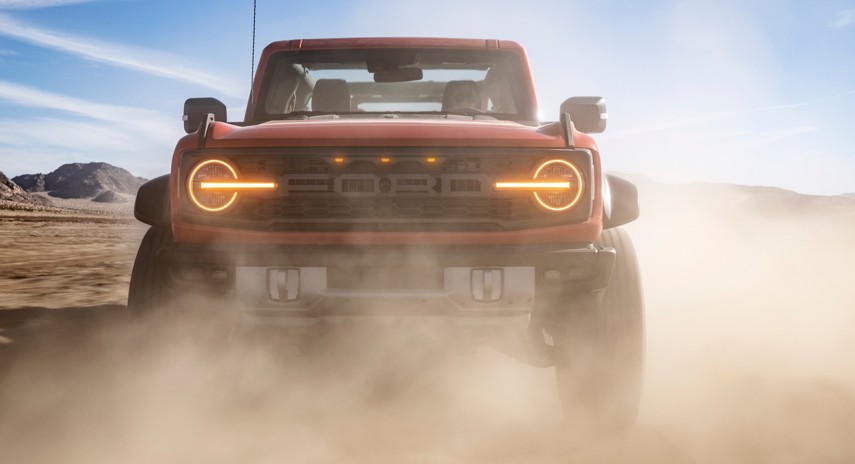
The Bronco Raptor also has the HOSS 4.0 with Fox valve 3.1 internal bypass semi-active dampers suspension, which delivers a comfortable ride on the tarmac and off-road; the sensors adapt the damping force to provide stability and agility during high-speed runs.
The Raptor Returns
The Raptor name is back on a pickup truck, through the second-generation Ford Ranger Raptor, which just debuted. In Canada, the Ranger Raptor has a 3.0L EcoBoost twin-turbo V6 with 405 horsepower and 430 lb-ft of torque and a 10-speed automatic with paddle shifters. It also borrows iconic Raptor styling cues from its bigger F-150 sibling.
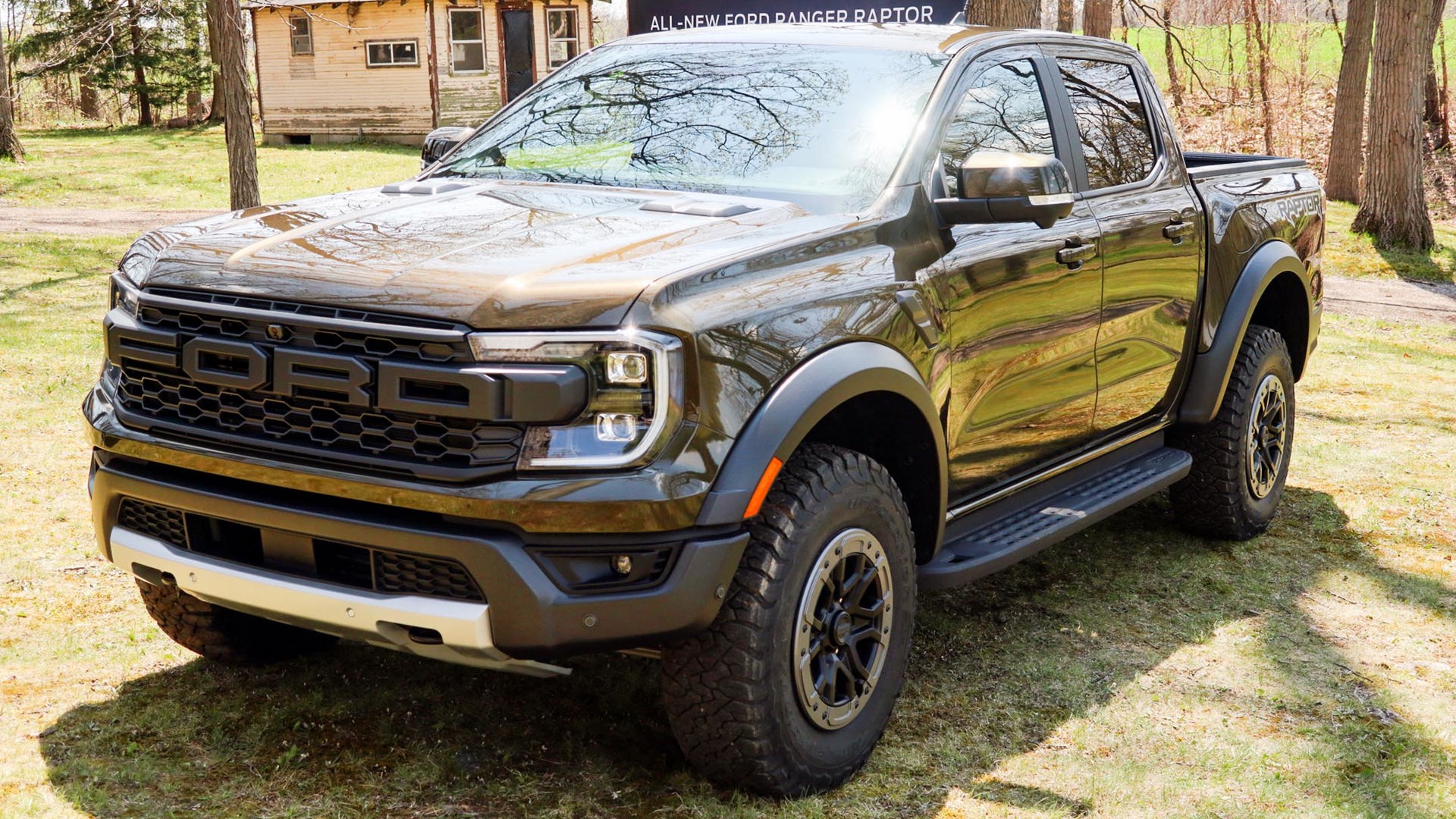
The standard features are the 4x4 front locking differential, rear-drive with electronic locking differential, and the Fox live-valve internal bypass shocks, which helped the "pre-production 2023 Ranger Raptor win the stock midclass category of the Baja 1000," Ford said.
Inside, the Ranger Raptor is made suitable for daily driving with a premium sound system by Bang & Olufsen, a standard 8-inch digital instrument cluster, an optional 12.4-inch digital instrument cluster, and a 360-degree camera.
As Ford proved with the TT in the early days of its history, the American automaker will continue to innovate and evolve its popular trucks and its Raptor brand's focus on sportiness, capability, and refinement. Maybe one day, we will see a fully electric F-150 Lightning Raptor?
